|
In First Church Somerville’s fabled “Baby Boom” year we had 13 babies born into the congregation. Even more babies were finding us on Yelp or Facebook and showing up as visitors. Over the course of that year and the following year, we baptized bushels of babies.
An infant baptism is an incredible joy. Absolutely, a new life deserves the most sacred and the most holy welcome we can muster from our deepest faith and greatest hopes! As a church, that means offering a Sacrament, a Sacred Mystery, quite literally (but even more mysteriously), an Act of God. In spiritual and religious terms, there is nothing greater and nothing more fundamental we could do as Christians to welcome a baby into life and into faith. What could be more beautiful than the splash that happens when God and a baby miraculously intersect in the waters of baptism? And such holiness brings everybody out - the parents, the grandparents, the godparents, the whole family, the whole community of faith - all to make promises to one another and the babe. In the midst of this holy interaction between God and us, we vow that we will all care for this human life, the greatest gift and responsibility that could be entrusted to us, thanks be to God. An infant baptism is so full of joy and Spirit that I would say it's an unforgettable experience - for everyone except the baby. Many of the newbies who show up at First Church as adults and not babies fall into the category of the “unchurched.” The strictly unchurched have no religious background. Some have never been inside a church before! And that unchurchedness extends along a spectrum out toward people who got some church when they were young, but it’s been years or decades since a church was a part of their lives. So some of our unchurched newbies are unbaptized. And some of our unchurched newbies were baptized as infants. While we wouldn't expect them to remember their baptism, sometimes it seems that there is NO memory of the event whatsoever. A not uncommon conversation on baptism with newbies at First Church goes something like this: “Can I be baptized when I join the church?” “Have you ever been baptized in a church before?” “Hmmm. I think so. Maybe? I’d have to check…” When they find out that they were indeed baptized as infants under the strict orders of some grandparent or another, they’re often disappointed to discover that in the UCC (and most other Christian denominations) no “rebaptism” is required (or for that matter possible) for them to officially join the church. As baptism is a singular and salvific Sacrament, most Churches recognize - even if they feel that the human form of the ritual of baptism was somehow unorthodox - that God, mysteriously and graciously, still acts. But I understand their disappointment completely, and I have a deep compassion for their feeling that a Sacramental opportunity has been taken from them. “All is not lost,” I say, “we can remember your baptism.” “But I don’t remember.” At one level, a lack of remembering, for the infant, is unavoidable. Baby brains just don’t operate that way. Probably to ensure our sanity in later life, our brains don’t start laying down typical memories until we’ve figured a few key things out. At another level, for the person of faith, it’s important to remember that memory is more than the materialist phenomenon that happens on the gray matter inside our skulls. Some remembering is wider than us, and some deeper. The wide remembrance of a baptism is held in the individual and communal memories of all those who gathered together to perform and witness it. Everyone present made promises. Taking those promises seriously and fulfilling them is one kind remembrance. When we act toward a child, or an adult, in accordance with the promises Christians make at baptism, we enact a remembrance of that person’s baptism. But indifference toward God or prejudice toward the person God has created can cause a wide memory to narrow down to insignificance, leaving a spiritual amnesia in the lived experience of the neglected or rejected baptizee. But the remembrance of baptism is also held more deeply than us. Unfortunately when personal and communal memory fails us, it can be hard to know that such a deep memory exists. The newbie longing for baptism has awakened to a feeling within them that God loves them. That love is more than a feeling! There is a totality and fullness within that love that is more complete than the partiality of even our most vivid memories. This love is an experience of what the New Testament Greek calls God’s agape. Agape is a love distinct from other kinds of love - erotic, romantic, familial, or otherwise. C.S. Lewis wrote that agape love is the love that is absolutely and unconditionally dedicated to the well-being of others. Our baptisms are an act of this deep, unbreakable, fully knowing agape. In God’s love, we and our baptisms are contained and remembered. “But I don’t remember.” “Don’t worry,” I say, “If we baptized you today, it would take some Imagination to fully grasp the Mystery of what was happening. And it will take the same amount of Imagination to fully grasp the Mystery of what has already happened to you in baptism.” Of course by Imagination, I don’t mean “imaginary” or “fantastical.” What I mean is that to “comprehend” a Sacred Mystery, one must open oneself up to a Sacred Imagination. The empowered Christian Imagination is itself, in some ways, Sacramental. It is a means by which we can experience a dim, partial reflection of a Truth and a Reality that is total and complete, but beyond our limited ability to grasp. The place and date of your baptism may not be within your control, but the reality is that the place and date of your baptism are incomplete reflections of your Baptism which is truly contained in the infinite eternity of God. That is where your Baptism is - infant or adult. The spiritual exercise of Remembering begins with a faithful Imagination that can hope for such a limitless love.
1 Comment
As a Christian pastor, I find that for many people in church Jesus and salvation can cause a lot of anxiety.
Many of the churchgoers I know prefer to think of God as God and not get Jesus mixed up in it. There are a lot of reasons that this happens. One of the big ones is the notion that Jesus is the Christian gatekeeper to heaven and salvation. This theology, popular among most fundamentalists and evangelicals, is that if you don't "believe in" Jesus in exactly the way they interpret that you must, then you're bound for hell and eternal damnation. People get terribly afraid that if they let Jesus into their hearts and begin to follow Christ, that they too will have to stand guard at the Heavenly Gate, bar the doors, and toss out the riffraff. I have often heard church folks say things like, "What about my Jewish friends? If they don't believe in Jesus, are they going to hell? Jesus just seems so exclusive. God includes us all. I think I'm Unitarian!" Well, there's nothing wrong with being Unitarian, and seeing that the United Church of Christ has many congregations which belong to both the United Church of Christ and the Unitarian Universalist Association, I think it's safe to say that it's OK to explore unitarianism in a UCC congregation. We'll just also explore trinitarianism and try to imagine Jesus as the Christ, the Son of God, fully human and fully divine, crucified and resurrected. I love reading about Jesus' miracles in the Gospels. People aren't coming to Jesus because they believe that Jesus is the guardian to the gate Heaven that they must appease. They're not coming to Jesus because they believe that he's fully divine. They're not even coming to him necessarily believing that Jesus is the Messiah. Instead, people come to Jesus simply believing that he has the ability to heal them and the ones they love. And when they have received healing, Jesus tells them that it is their faith that has healed them. What if we allowed ourselves to meet Jesus the same way? What if we sought out what Jesus has to offer? And what if we listened to what Jesus had to say about it, letting go of the expectation that we must first determine who Jesus is? Come to meet Jesus first. You may meet Jesus in prayer or in worship. You may meet Jesus in good work or good art. You may meet Jesus in broad community or in an intense relationship with one other person. You may meet Jesus in devotional writing or in scholarly works. You may find yourself agreeing with Jesus. You may find yourself arguing Jesus. You may find yourself falling in love with Jesus. Falling for Jesus doesn't mean that you'll be asked to damn the world, in my experience. Instead, falling for Jesus will mean that you'll be asked to heal the world. What if Jesus was a universally offered entryway into loving God and neighbor more fully, rather than the bouncer at the one door to heaven? Following on the post What is God, I offer below a section of my ordination paper on Jesus - my Christology and soteriology. It seems relevant to all of this and I keep coming back to it to remind me of my faith and my commitments.
For me, as a Christian, Jesus is a tangible access point into the great Mystery. Jesus has saved me by showing me the Way. His is the way of the servant. He does not sit at the table, but he serves the table. He knocks at the door and asks leave to enter. He washes feet. He eats with tax collectors, prostitutes, and sinners. He dwells with, organizes, heals, and empowers the last, the least, and the lost. I believe that all those who choose to engage Jesus’ message and walk his way, at any level, enter into relationship with the Resurrected Christ, who listens, learns, adapts, and continually offers “living water” – new possibilities for relationship, transformation, and liberation – to those who seek it.
Jesus preached the coming of the Reign of God. The Way to the Reign of God was through the low, the small, the poor, and the meek. Jesus said that the Reign of God is like yeast (a fungus). A few scrapings of yeast off wheat spoiled in storage could leaven 60 pounds of flour. It is like the tiniest mustard seed which dropped in a field becomes a great tree that takes the field away and gives it to the birds. It is the blessing, the possession, and the banquet feast of the poor. Jesus proclaimed that the Reign of God is at hand while also living a life of action as a servant, organizer, rabbi, and healer. If we are to be followers of Jesus, we must be people of the Reign. People of the Reign are invited to take faith that the Reign of God is already here within and among us while also acting upon the faith that the Reign of God has not yet arrived and must be worked for! When Jesus says the Reign of God is “at hand” it suggests this tension of Here! and Not Yet! The Reign of God is imminent – about to happen – and immanent – here already amongst us and everywhere. Jesus models for us the Way – to live as if the Reign of God is already here as we work to usher it in through service to God and neighbor. Jesus has saved me by offering me the Way. Jesus has saved me through his life. Jesus’ death also has a great deal of meaning, as his death is intimately linked to the way he lived his life and the way in which he worked for the Reign of God. Jesus was crucified for standing up to the greatest political, religious, and economic forces of his time. He flipped the tables of Temple money changers, healed on the Sabbath, and rode into Jerusalem on a donkey in joyful mockery of Roman parades and imperialism. Jesus understood that in order to bring good news to the poor, to proclaim release to the captives, and to let the oppressed go free he had to commit himself totally to the Reign of God and stand up against the idolatry, injustice, hypocrisy, and selfish power at work in the world. Jesus knew it was a risky commitment and, indeed, Rome crucified him for it. Jesus lived and taught love. He even died with love and remembered love from the cross. My faith tells me that Jesus’ love which flowed out of his whole life and death was healing to the world. His love continues to heal the world today. Great love and great sacrifice can mend tears in the fabric of human life and history – they can reverse the pain and power of violence, oppression, and hatred. Jesus’ life, death, and resurrection could be said to atone for the sins of the world in this way – through the outpouring of selfless love and committed service to others that flowed through Jesus throughout the course of his life, even unto death, and beyond the grave into his resurrected glory. All of us who follow Jesus as people of the Reign and participate in his love and work continue with the Resurrected Christ the process of mending and healing the world today.
I was honored last month to be invited by Megan Snell to preach at her (celebration of) ordination last month. First Church was very fortunate that we were able to scrounge up some loose change so that we could pay Megan to be our student minister in the 2014-2015 academic year. We all learned a lot from each other! And hosting her ordination (celebration) was an exciting moment for the church. I think the whole congregation was feeling proud and emboldened by witnessing Megan's journey of faithfulness and commitment. I tried to capture a bit of that in my first ever ordination sermon. I offer it here:
Scripture and manuscript are below.
I have an awesome job. I don't always know if I'm good at being a pastor, but it's always fun trying. This morning at office hours Scott leaned over to me as Megan and Bonnie were chatting and asked me sotto voce: "Jeff, what is God?" I must admit that I failed to answer well immediately. Cut me some slack. It was early and it's a BIG QUESTION. We chatted about it for like an hour, in which time we got somewhere after talking about a lot of things. First, when it comes to God I have never found there to be any easy answers. If you want easy answers, I am mostly incapable of providing them because I often feel called to work out an issue with people so thoroughly that in the end your question is 50% answered, 50% irrelevant, and 100% leading you toward the next question or struggle in your journey of spiritual discovery. Of course, we all have to pace ourselves, and there are times when we just need to rest in the love of our Creator, Savior, and Sustainer - no questions asked. Scott and I discussed apophatic theology, the via negativa: God exists. God does not exist. God does not not exist. And we talked about the closest approximation to an easy answer on God that I know how to give:
God is a Mystery.
This piece of my theology gets woven into worship services when I introduce the Prayer that Jesus taught us, the Lord's Prayer: "When the disciples asked Jesus how to pray he taught them these words so that we would always have a means to connect with the Great Mystery..."
I had a similar amazing-Spirit-talk talk in Diesel Cafe last week with Jessica where we were asking similar questions, this time about Jesus. Who is this Jesus person anyway? I again expressed this piece of my theology. For me, Jesus is the entryway into the BIG QUESTION. These two conversations brought me back to writing out my theological perspective for my ordination paper. The whole paper is 20 pages long. I'll spare you. But the opening paragraphs on my theology and the opening paragraph on "Why Jesus" seem relevant here, so I'll share them:
Centuries of theological writings and discussions on the topic of God have demonstrated how absolutely difficult it is to say anything about God at all. What can we say about God? What should we be saying? Can we, as finite beings in physical form who have no ability to experience being itself, really assert that God exists? What would that existence look like? Where would it be located?
One way of dealing with this has been to think of God as the biggest and the best. God is Great! God is Eternal! God is Omnipotent! God is the Primary Cause! God is Infinite! But even such big words fail to breach the barriers of our own limitations. God, in fact, must be beyond the infinite. But even that notion brings us no closer to comprehending God’s true “existence.” I will risk contradicting myself (which is hard not to do when searching for words about God) by saying that God is a Mystery – as the great theologian Denys the Areopagite put it in the 15th century, God is beyond all assertions and denials. Perhaps we could say that God then goes beyond belief – what is it that we believe in when it is impossible to assert or deny any tangible reality, any lingual descriptors, any self-evident truth about God? Ultimately, in each of our lives and in our communities, God is a matter of faith. Faith goes beyond belief. When belief is shattered, faith endures. Faith rests easy in the midst of imponderable mysteries. Faith ultimately doesn’t care whether God is or is not benevolent, intelligent, loving, or accessible – these are just words. Sometimes faith sees it one way, sometimes the other. Sometimes great faith doesn’t bother to look at all. Great faith just leaps – and trusts. For me, as a Christian, Jesus is a tangible access point into the great Mystery. Jesus has saved me by showing me the Way. His is the way of the servant. He does not sit at the table, but he serves the table. He knocks at the door and asks leave to enter. He washes feet. He eats with tax collectors, prostitutes, and sinners. He dwells with, organizes, heals, and empowers the last, the least, and the lost. I believe that all those who choose to engage Jesus’ message and walk his way, at any level, enter into relationship with the Resurrected Christ, who listens, learns, adapts, and continually offers “living water” – new possibilities for relationship, transformation, and liberation – to those who seek it.
Next weekend the Drag Gospel Festival returns to Boston and Somerville for the fifth year! For those of you who don’t know, the Drag Gospel Festival (DGF) is an annual celebration of (mostly) gospel music and drag performances that raises money for the LGBT Asylum Task Force. The LGBT Asylum Task Force supports and empowers LGBTQ folks seeking refuge and asylum in the US after facing violence or persecution in their country of origin. DGF was the brainchild of James who is a drag performer under the name Serenity Jones and a member at First Church Somerville UCC. But lots of people get into the act at DGF – we have drag queens and drag kings, from actual pros to first timers, with costumes worthy of the finest ballrooms to costumes that would get groans at even the most last-minute Halloween parties. We even have “Faux Queens” – women who dress like men who dress like women (talk about meta!) This year First Church Somerville UCC, Old South Church, and the Imperial Court of Massachusetts are co-sponsoring the event. The above flyer will give you all the info on the upcoming festivities.
The flyer also contains what is probably the greatest Drag Jesus image ever produced in the history of Christian art. At least, that’s what I thought everyone would think when I approved the image. Actually, the first thing I thought was, “Drag Jesus needs longer eyelashes and some lip liner.” The artist, Rich, made the changes and THEN I approved the poster thinking it would be universally hailed as the next great movement in religious iconography. Seriously though, let me first say to all of you who might not know me that well – I love me some Jesus. I LOVE JESUS! Jesus Christ is, in fact, my Lord and my salvation. Jesus Christ is my greatest teacher, my path and my way, my entry into all things holy, and sacred, and good. Jesus is a friend of mine. As a pastor, I spend the vast majority of my time thinking about and talking about who Jesus was and is and why it’s all important to us. I do my best to welcome other people into relationship with Jesus and I do my best to live in the faith and according to the teachings and examples that Jesus has set forth. So, let me just drop those Jesus creds right there as my way of saying that I am not interested in insulting Jesus. And I feel strongly that there is NOTHING INSULTING about Drag Jesus. But I’ve become aware that not everyone may feel the same way as I do about this image. So I’m writing this in defense of Drag Gospel Jesus. As a Christian and a pastor, I feel compelled to suggest a few reasons why I think it’s important to imagine that Drag Gospel Jesus isn’t an insult to God or Jesus, and why it ought not to be offensive to Christians either. First, I want to remind everyone that the original image that was modified for this poster is not what Jesus actually looked like. I know, I know – you’re not stupid. You know that. But what’s important to remember here is that ALL of our images of Jesus are human cultural expressions of what we think Jesus OUGHT to look like and – by exclusion – what we think he OUGHT NOT to look like. I invite you to Google Image Search the term “Jesus.” What you will find are hundreds and thousands and millions of pictures of a white, European Jesus. Was Jesus white? Hell no! Jesus was not white. Many people are not insulted by pictures of white Jesus. I vary. Images of white Jesus that were produced in European art before modernity I often give a pass to. Some of them are sublimely beautiful masterpieces that touch my soul and bring me closer to God. And I believe that they were produced in an attempt to imagine Jesus freely and not in an attempt to constrain Jesus. I don’t think there’s anything inherently wrong with depicting Jesus as European, African, Asian, Indigenous within the artistic traditions of those cultures. But the fact that the image of white Jesus still dominates in our culture and in our churches today is a terrible spiritual harm to God’s people. I think Jesus would be just fine with looking like all of us in all kinds of different art. I just think he’d remind us to make sure we spread it around – to remember that we’re all God’s children, and that Jesus is not the Jesus of just one kind of people. Jesus is the Jesus of all of us. What we are saying today with our pictures of white Jesus is that, even though we all know that Jesus wasn’t white, we would prefer worshiping whiteness to worshiping Jesus. As for spreading it around, why not another image of Jesus that looks not exactly like Jesus did, but exactly like some of God’s children and Jesus’ people do? Drag Gospel Jesus is such an image. I don’t imagine that Jesus actually looked like this. But I do believe that Jesus would want people who do look like this to see themselves reflected in him. This all makes me think of the opening two weeks ago of the movie Stonewall. The Stonewall Riots, that the movie intended to depict, were the symbolic beginning of the gay rights movements and the actual beginning of the gay pride movement. The community in Greenwich Village and some of the main leaders in the riots were drag queens, trans women, and people of color. Numerous eyewitness accounts describe the people being put into the paddy wagon that night as “queens” and some of the biggest trouble started when the police arrested a woman dressed like a man. Other accounts describe the riots really blowing up after a police officer shoved a drag queen and the drag queen hit him with her purse. People began throwing objects and shouting “Gay Power!” But in the movie, the main character is a cisgender white male. And it’s he who throws the first brick outside Stonewall. The film's director, Roland Emmerich, says ... he wanted a white, male protagonist to serve as a relatable surrogate for the audience. That character, Danny, also throws the brick that starts the riots after he catches his boyfriend cheating on him in the bar. "We knew this didn't happen," Emmerich explains. "This is a fictional story and I think it made ... sense for this story." As our culture continues to try to “whitewash” history, trivialize queer people’s struggles, and reduce gender non-conforming people to secondary roles (at best), my hope is that a faithful Christian response would be – in small part – an image of Drag Jesus that reminds people who don’t conform to gender binary norms that God sees them and loves them and that they are truly welcome to come to church – just as they are.
Welcome to the Jesus the Imagination Blog.
This is a little space for me to curate some of my thinking and writing and creating. I pour a lot of my creativity into journals where it remains largely buried. They’re like a sort of portable, external subconscious. And they’ve been pestering me lately for a little more attention. They’ve been saying to me: You’re like a busy farmer who scatters seed on the ground, and you sleep and rise night and day, and the seed sprouts and grows, you do not know how. The earth produces of itself, first the stalk, then the head, then the full grain in the head. But when the grain is ripe, and the harvest has come, how long can the busy farmer neglect the sickle and the reaping before the good crop goes to seed, scatters itself back to the earth, and is lost for a season? As a Christian who follows Jesus and a pastor called to help other people – hmmm, what’s another word here… let’s say – EXPERIENCE Jesus Christ, I spend a lot of time trying to imagine ways into a confidence with Jesus. In its Latin origins “confidence” means “faith with.” I try to imagine ways of having faith with Jesus, which I think for some people – especially the people it seems I have been called to serve so far in my ministry – is more fruitful than “believing in” Jesus. “Believing in” something suggests a sense of immediate and full surrender which simply doesn’t work for everyone. “Believing with” Jesus helps us to recognize Jesus’ invitation into a way of living and being and into the commitments of the Good News, which he embodied. When we believe with Jesus, we believe one step at a time. We recognize that – much like the imagination itself – faith is inside of us, but it is something we must choose to encounter. The field is ready to harvest. Will we go down and do the hard work of reaping? Like the imagination, Jesus is inside of us. And Jesus, like imagination, is not contained by us. Jesus-Imagination is bigger than us, a source of life – the read of life, the living water, the word. Faith is like a well – a tap into a great reservoir. And we must choose to haul the bucket to drink. Although, it might not be as much work as we imagine it to be. In my preaching I take to take these images and dreams and visions and explain them. In this blog, I will do some of that. I also hope to allow some of the images to just flow without the need to tame them into a logical precision. After all, they are born and they live not from logic, but from faith and imagination. Perhaps this wild nature is their truer form. There are a few buckets to haul on to get to know Jesus. First, there is Jesus of Nazareth, the historical person. Getting to know this Jesus happens through academic scholarship. A great deal of academic interest and resources have gone into studying who Jesus was as a real-life person since the late 18th century. This Jesus scholarship really took off with the publication of Albert Schweitzer’s The Quest for the Historical Jesus in 1906 which reviewed all of the previous work on the subject. Another big milestone in historical Jesus studies was the formation of the Jesus Seminar in 1985 by Robert Funk. The seminar was made up of 150 scholars who would get together and vote on the historicity of Jesus’ sayings and deeds. And in 2013 Reza Aslan’s book Zealot probably became the most widely read book of historical Jesus scholarship after a video of him being attacked on Fox News for being a Muslim who writes about Jesus went viral on social media. While some scholars have suggested that no historical person called Jesus of Nazareth ever existed, they are in the minority, and most assert that someone called Jesus of Nazareth did exist but their reductions, recreations, or interpretations of his life – what he did and didn’t do, what he said and didn’t say, and what he meant by it all – vary widely. This diverse range of scholarship, some of which is totally contradictory, and none of which can be proved to be more or less factual than any of the rest (it can only be demonstrated to be rigorous and scholarly – but equally rigorous and scholarly works disagree greatly) is a great invitation into the exploration of Jesus. While it doesn’t seem that there are limitless possibilities for the reconstruction of a historical Jesus, the deeply personal narratives that are created help our imagination enter into the deep possibilities of Jesus, help us to understand his particular historical context, and encourage us to imagine Jesus with the historians. Another entryway is the Jesus of faith statements. The Gospels are faith statements – each author has a particular interpretation of who Jesus was, what Jesus said, what Jesus did, and what it all meant. (You can maybe see a pattern beginning to emerge here.) The dogma of the Church and the churches are also faith statements about Jesus. Probably the most famous (or infamous) of these today is “Jesus Christ is my personal Lord and Savior.” “Jesus loves me” is another. But again, faith statements about who Jesus is vary widely throughout history and across culture. In the church I serve now – First Church Somerville UCC – there are atheist Christians, Catholic Christians, Christians from fundamentalist, evangelical backgrounds, new-age Christians, spiritual-but-not-religious post-Christians, Unitarian Christians, Universalists, Nones, and so on. In one church the testimonies of faith about who Jesus is vary widely from person to person and throughout their individual lives. And then there is the third way, which for me, underlies and grows out of the other two. Another famous faith statement about Jesus from the opening of John’s Gospel: In the beginning was the Word, and the Word was with God, and the Word was God. The Word was in the beginning with God. All things came into being through the Word, and without the Word not one thing came into being. And from Paul’s second letter to the Corinthians chapter 13: Do you not realize that Jesus Christ is in you? Some more faith statements: Jesus is the Christ (the anointed one, the Messiah, the Savior). Jesus is an incarnation of God. Jesus is resurrected. Jesus is the Logos (Word) of God. Jesus is co-eternal with God. In Jesus, all things were created. Jesus sits at the right hand of God. Jesus is within us. Jesus has a particular, historical aspect. He was a real person. His precise, exact life is lost to us but can be reimagined in many ways through study and imagination. Jesus is the Universal Christ – eternal, creative, resurrected. These statements are not imaginary assertions, but imaginal orientations to existence that allow a love and relationship to develop with that which is Ultimate and allows us to make ultimate commitments to a way of being (faith). Jesus is our imagination – the historical Jesus, the Bread of Life and the Living Water. The Jesus of history and of faith are both far greater than us and yet also exist like a seed and a well inside of us. To have faith with Jesus requires the reorientation of the imagination: a step-by-step growth of what is possible, what is good, what is true. And to create anything, to do anything – anything at all that comes out of our bodies – requires Jesus the Imagination. At least, this is my faith statement. It is absolute and universal to me. Perhaps not so for you! But I hope you will find visions and creations within this blog that offer you an invitation into communion and creation with Jesus Christ. |
Jesus the ImaginationThoughts and dreams, musings and meditations Archives
June 2024
Categories
All
|

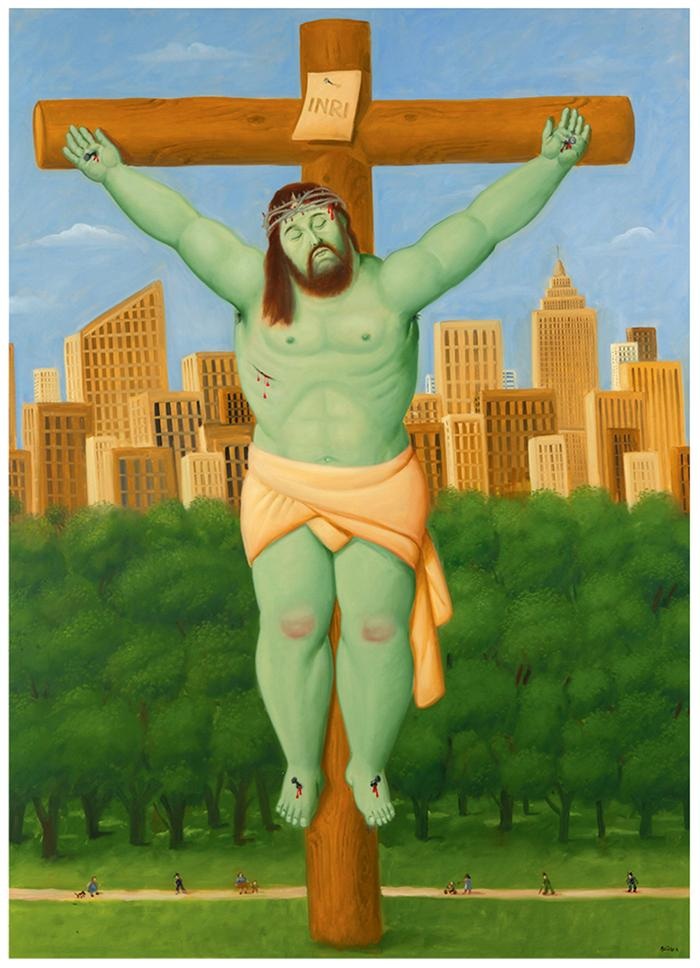
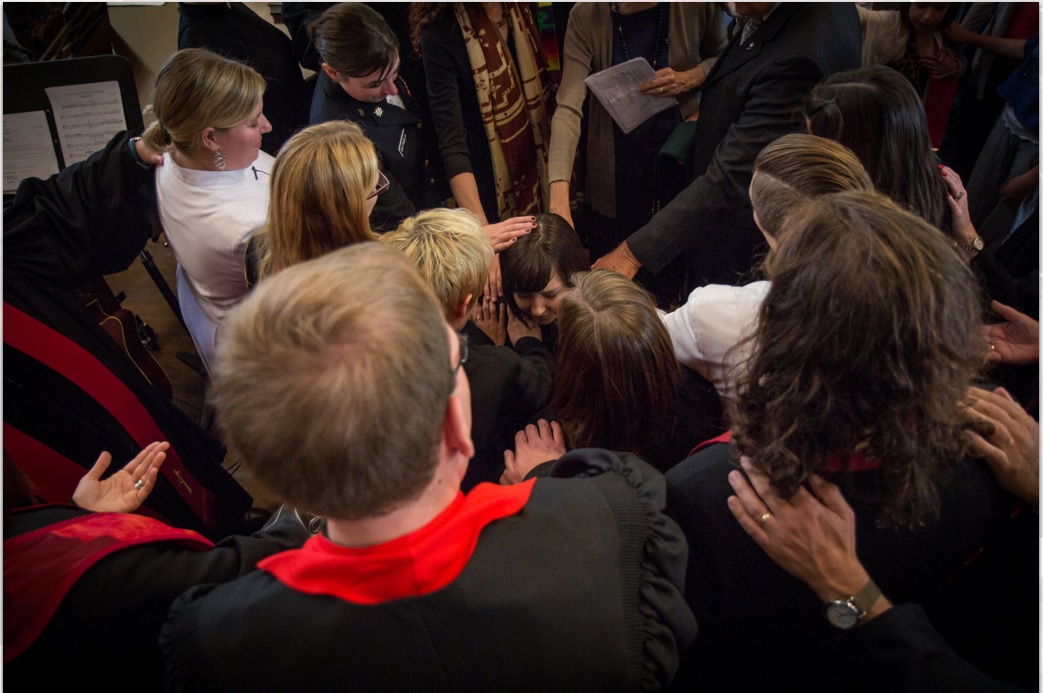
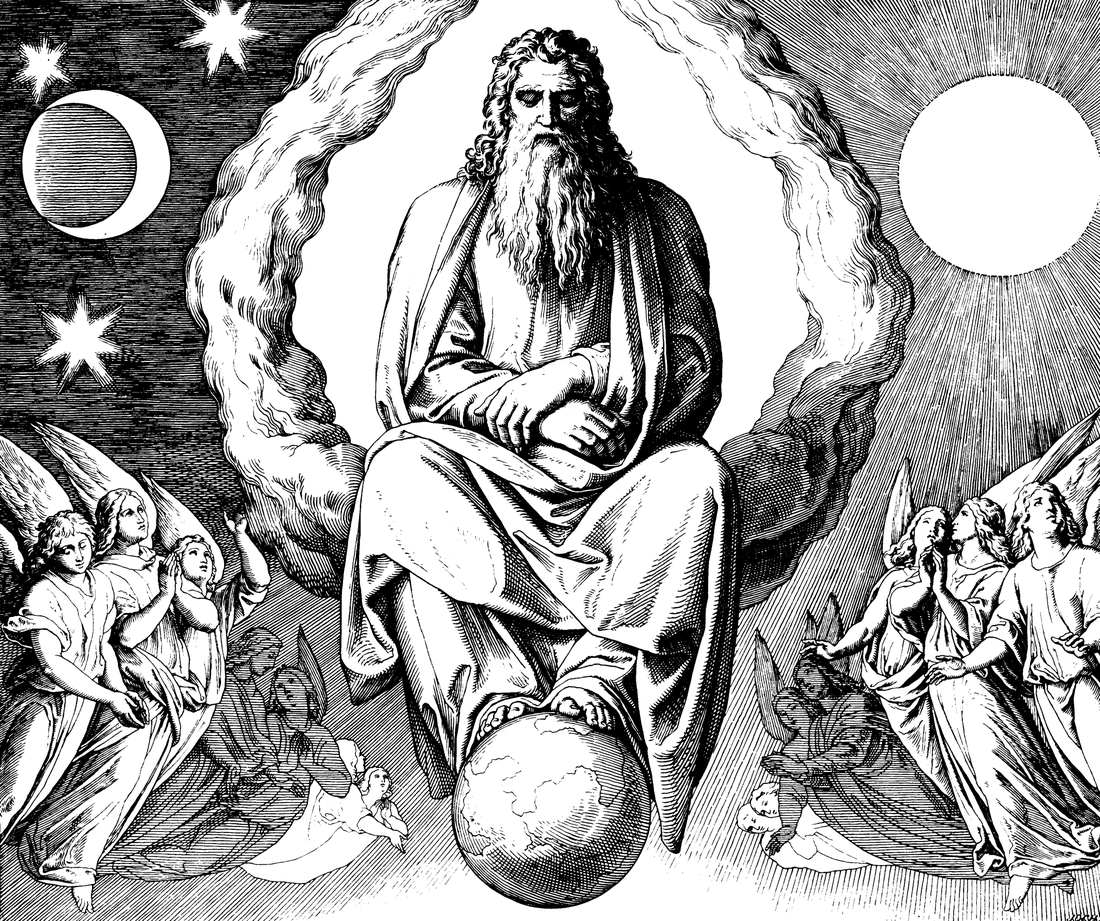
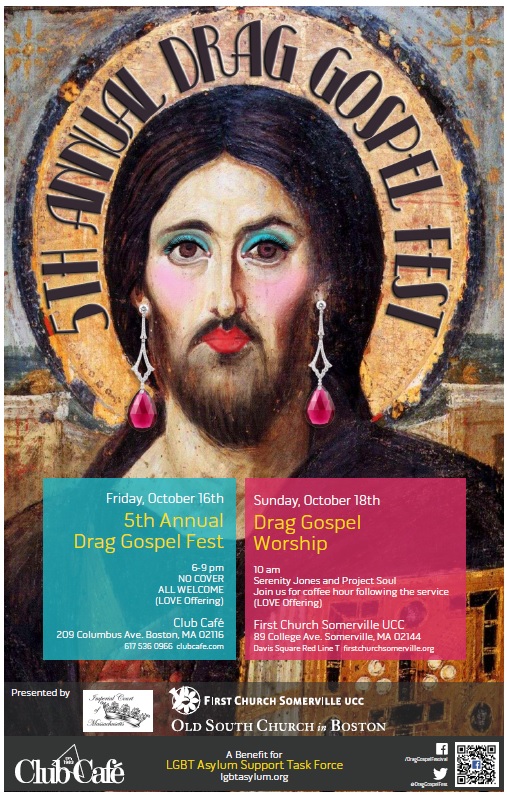
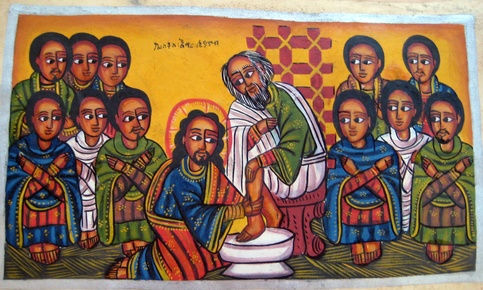
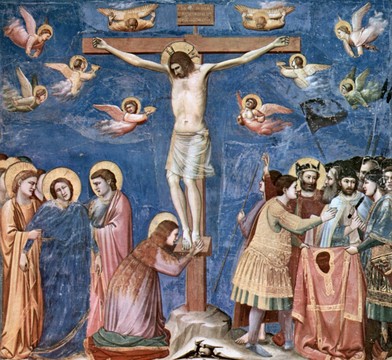


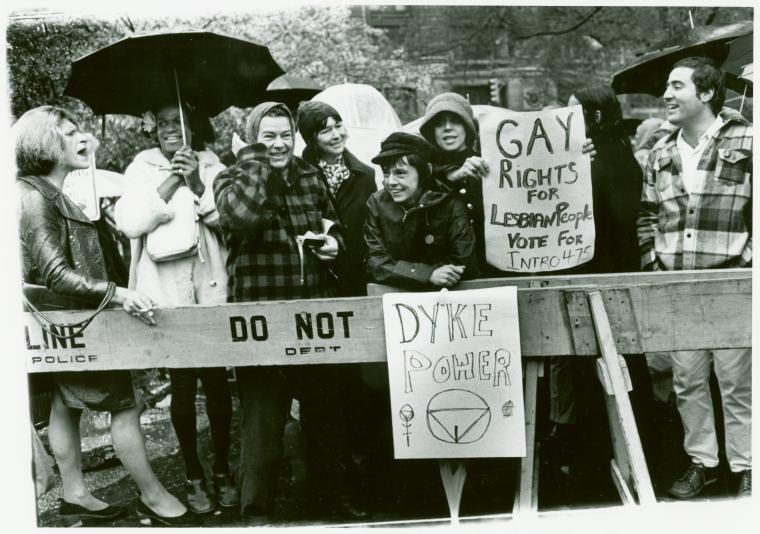
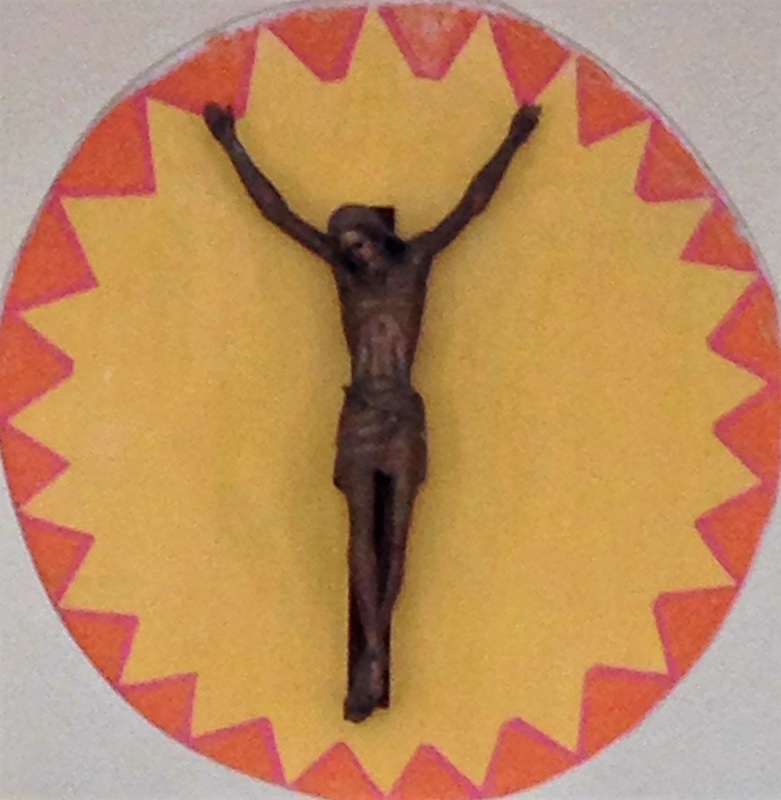
 RSS Feed
RSS Feed